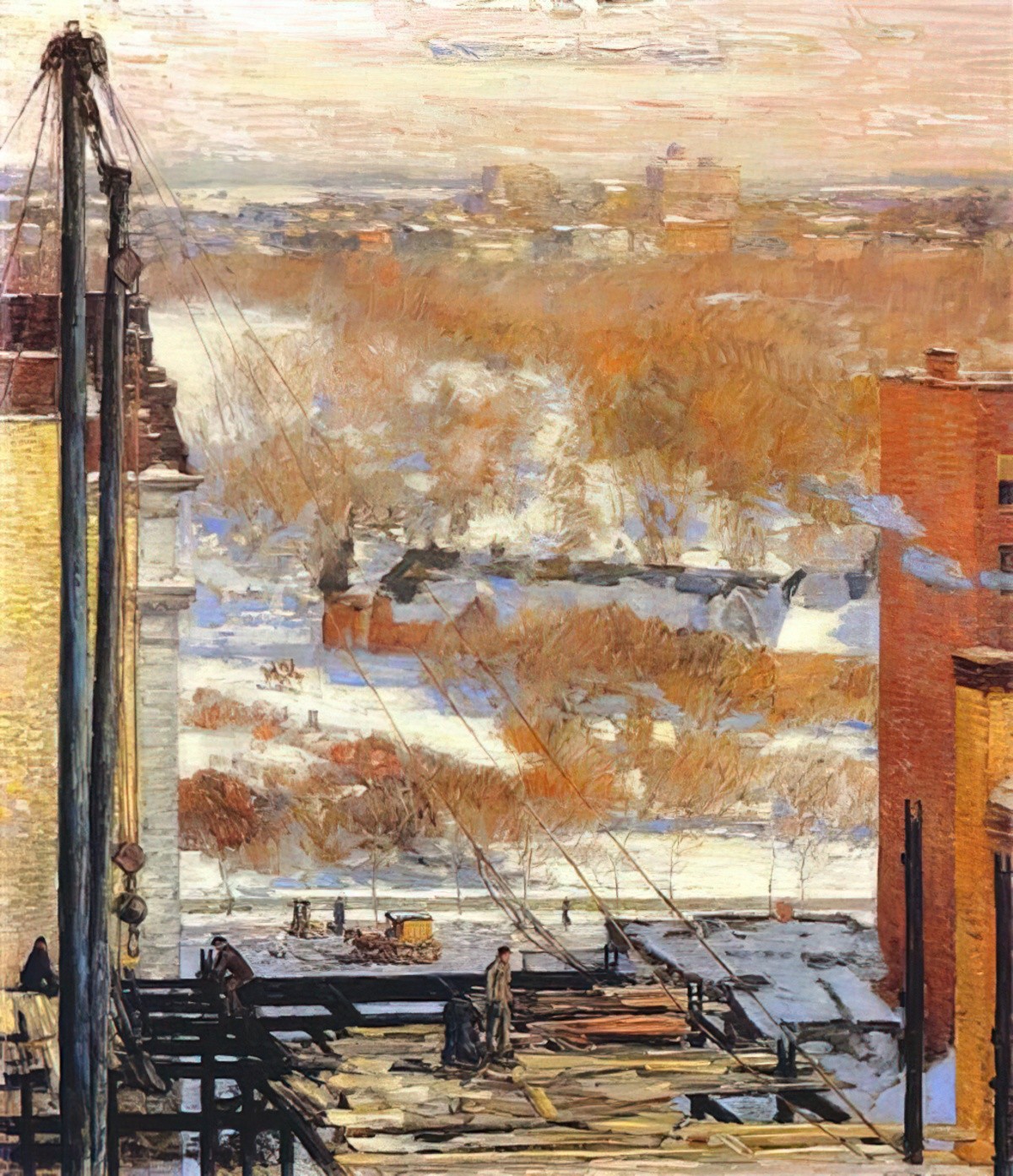We want to decipher skies and paintings, go behind these starry backgrounds or these painted canvases and, like kids trying to find a gap in a fence, try to look through the cracks in the world.
Georges Bataille, “The Cruel Practice of Art”
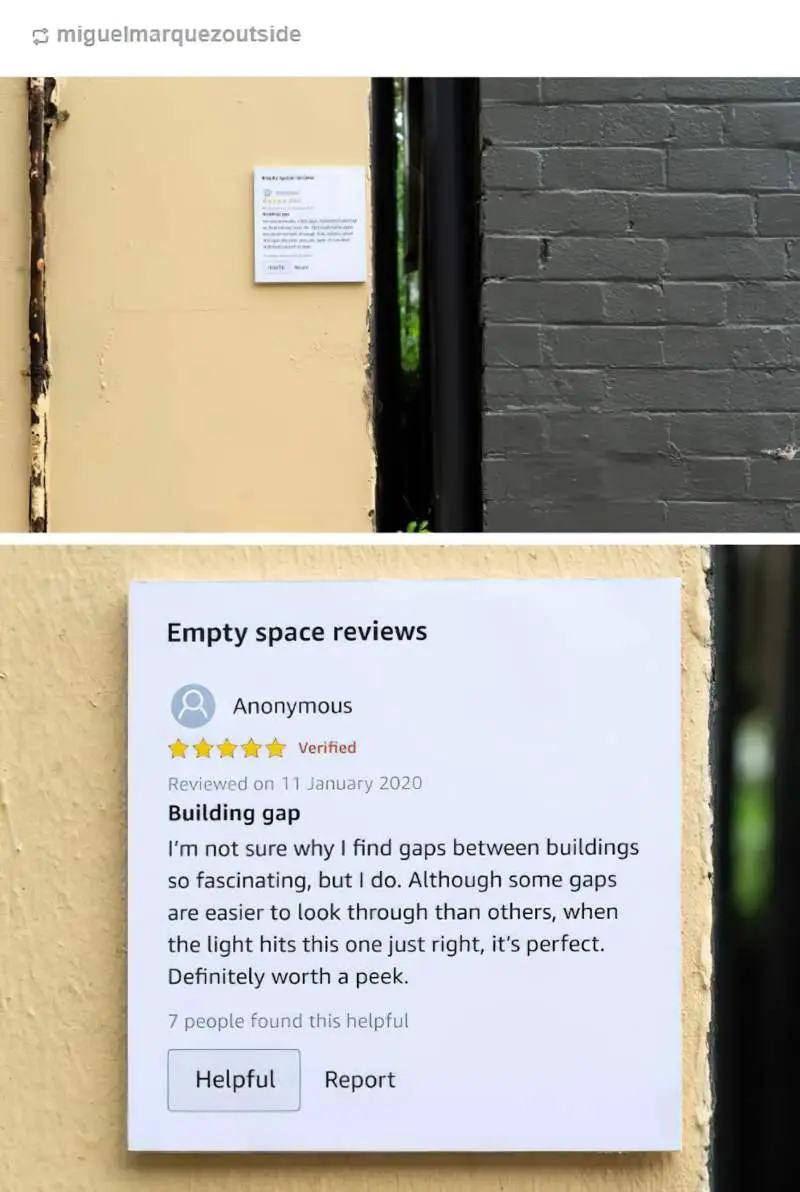
WHAT IS AN ALLEYWAY?
A narrow space between or behind buildings, often used as a passageway. Oftentimes the owner of the strip of land is unclear. They tend to be left off official maps.
Alleyways (alleys) are liminal, in-between spaces.
Alleyways are both ‘territory’ and ‘network’.
Territory: A space where various facets of social life happen.
Network: Serving as connectors, between people and other spaces
Some alleyways are planned, whereas other alleyways are what happens to the strip of land that was not planned.
When we think ‘alleyway’ we think of an urban area, with high buildings on each side creating darkness. In rural areas, the equivalent would be ‘lane’ or ‘laneway’.
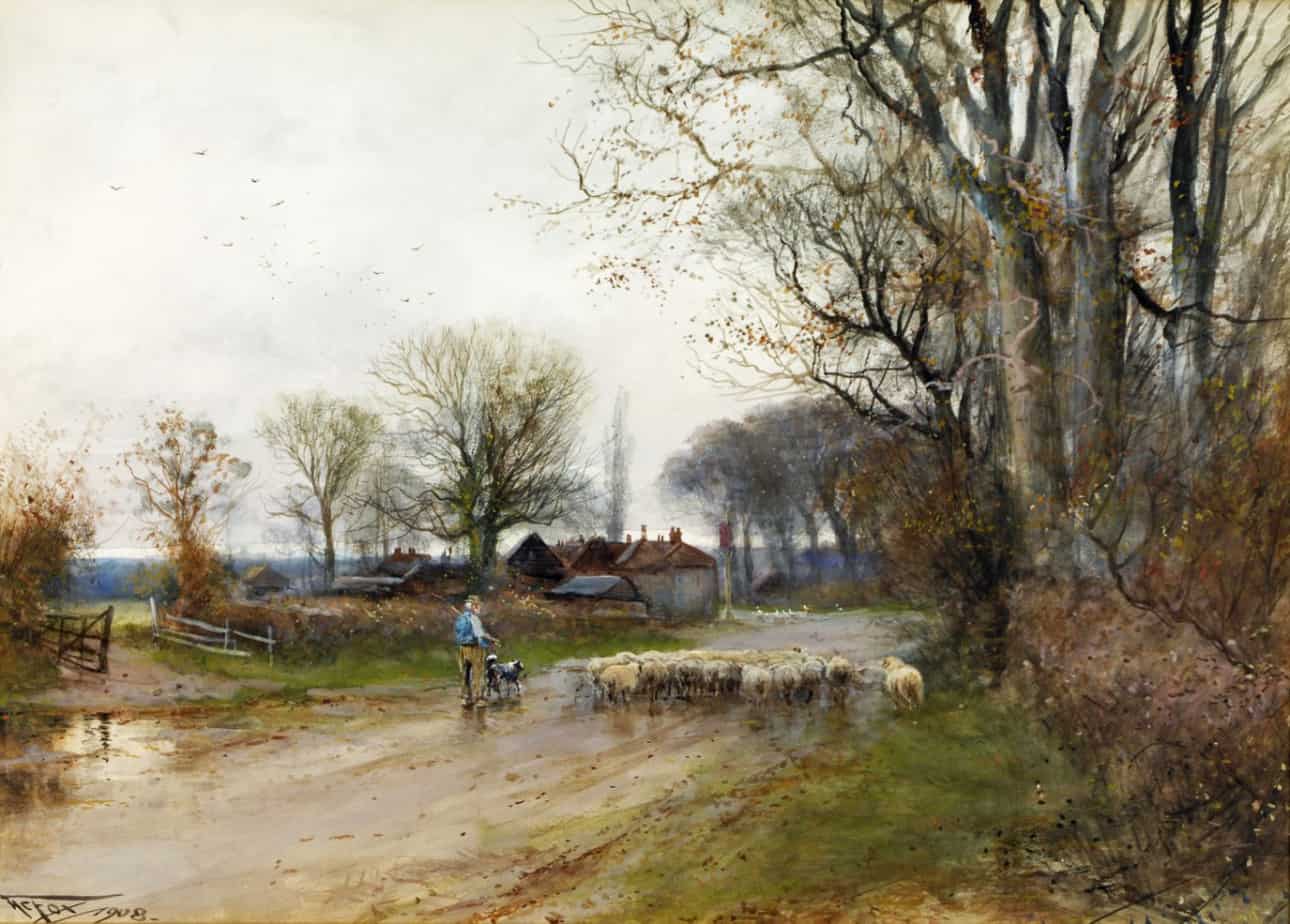
THE VARIOUS FUNCTIONS OF ALLEYWAYS
- spaces of refuge, especially for unhoused people (in the same symbol family as park bench and street corner)
- where vibrant communities gather
- shortcuts for through-traffic
- dark and scary, with potential conflict
- where residents put necessary items they don’t want on show e.g. rubbish bins
- marginal places for marginalised people, seeking a little shelter
- desired by real estate developers wishing to gentrify a neighbourhood
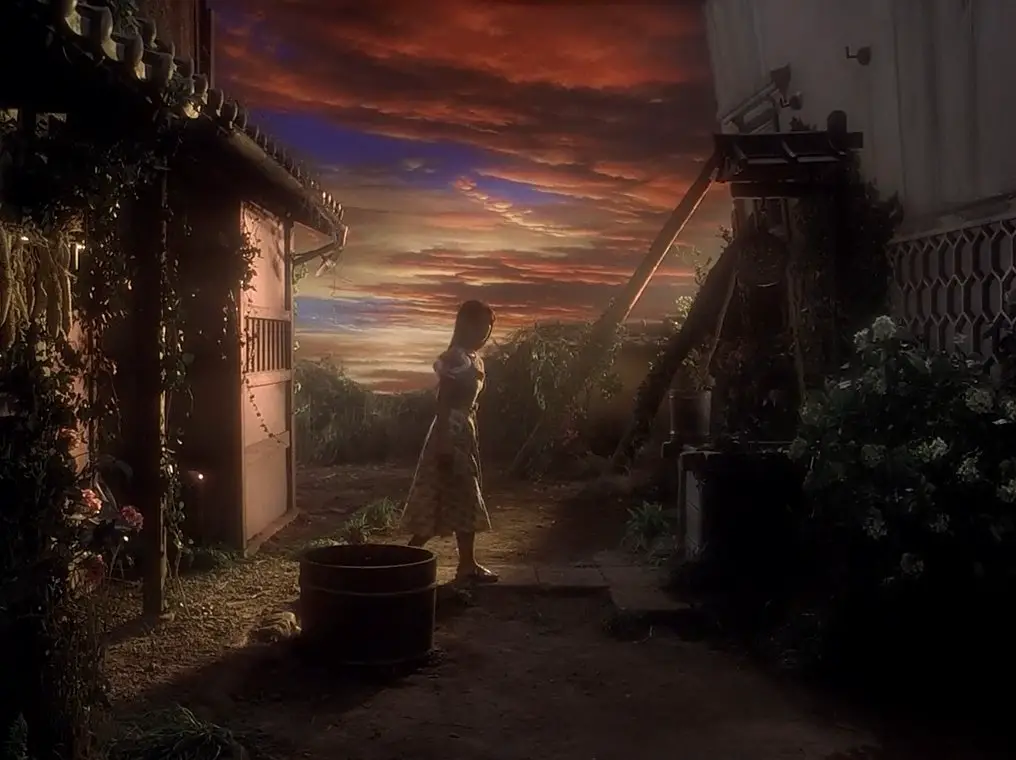
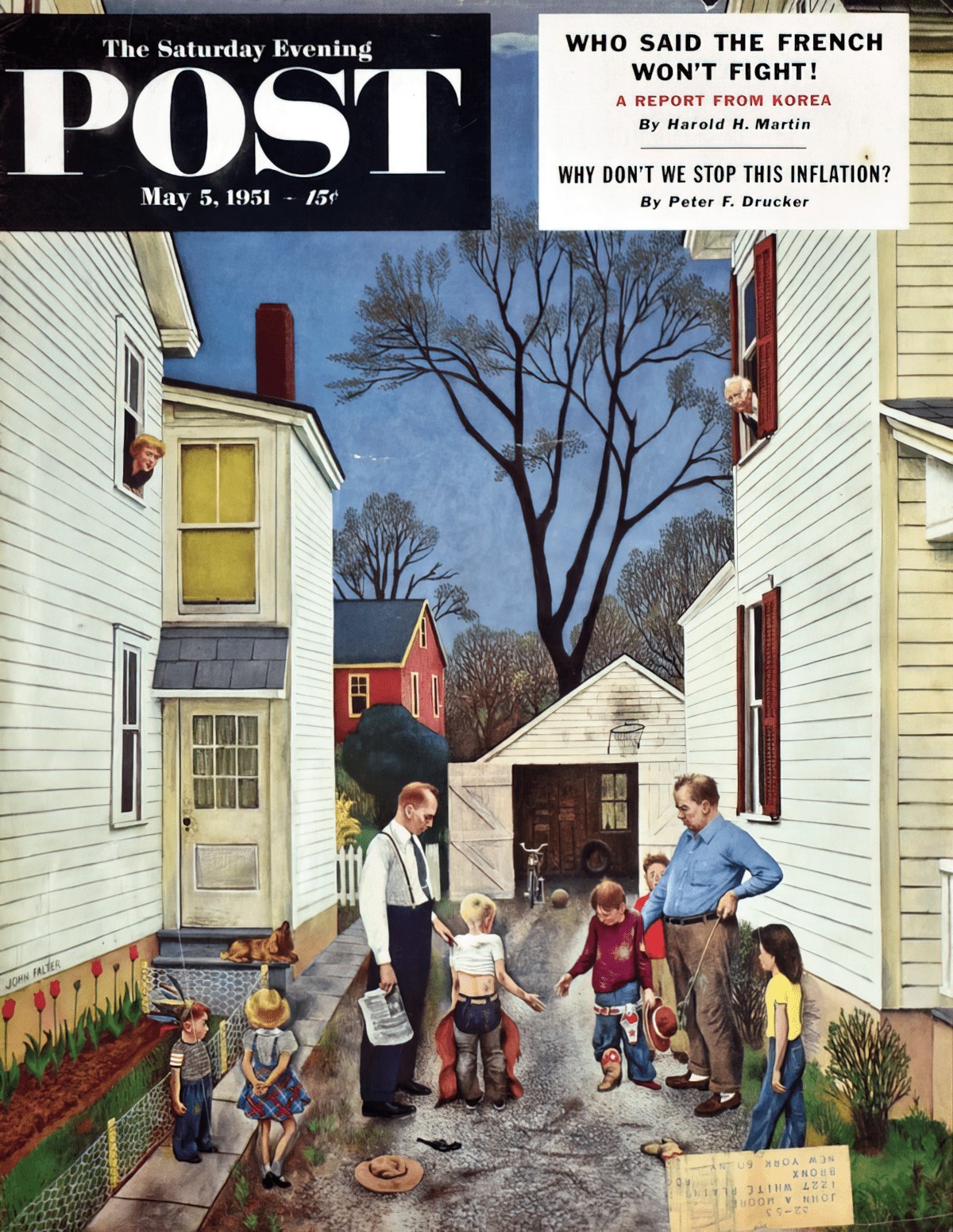
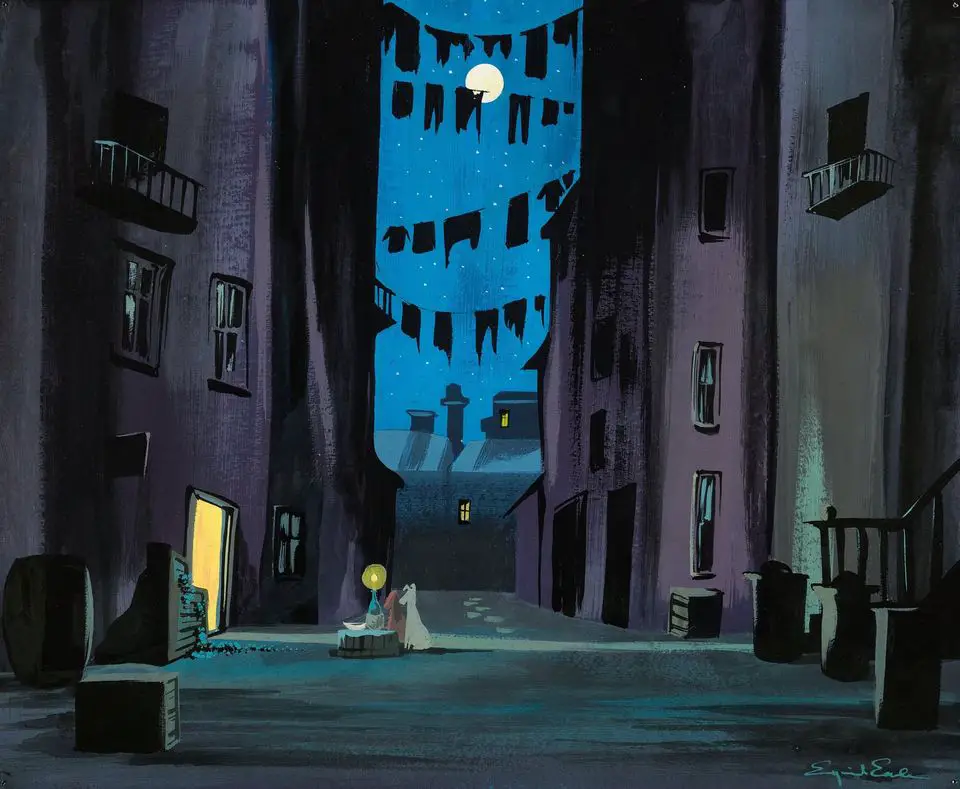
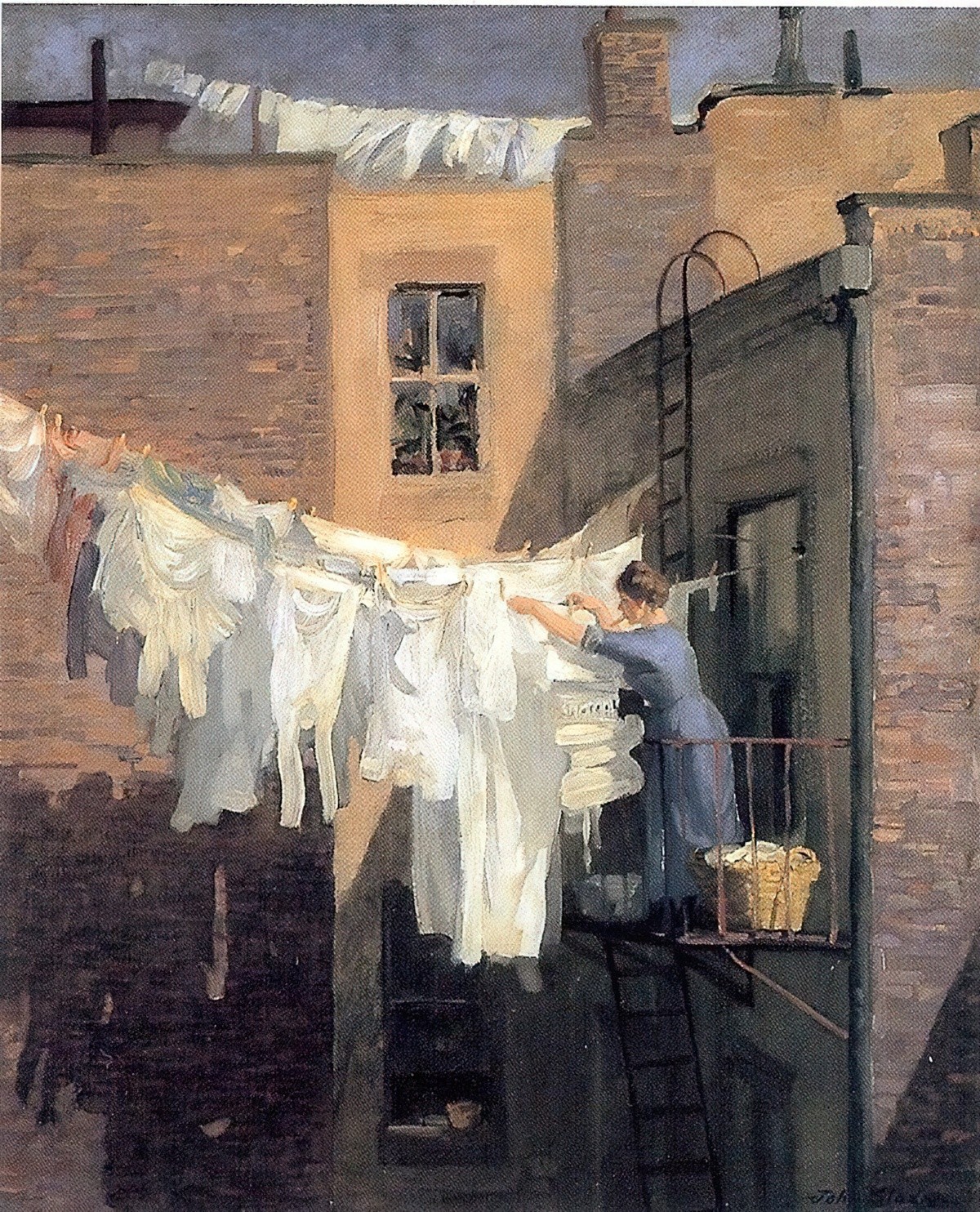
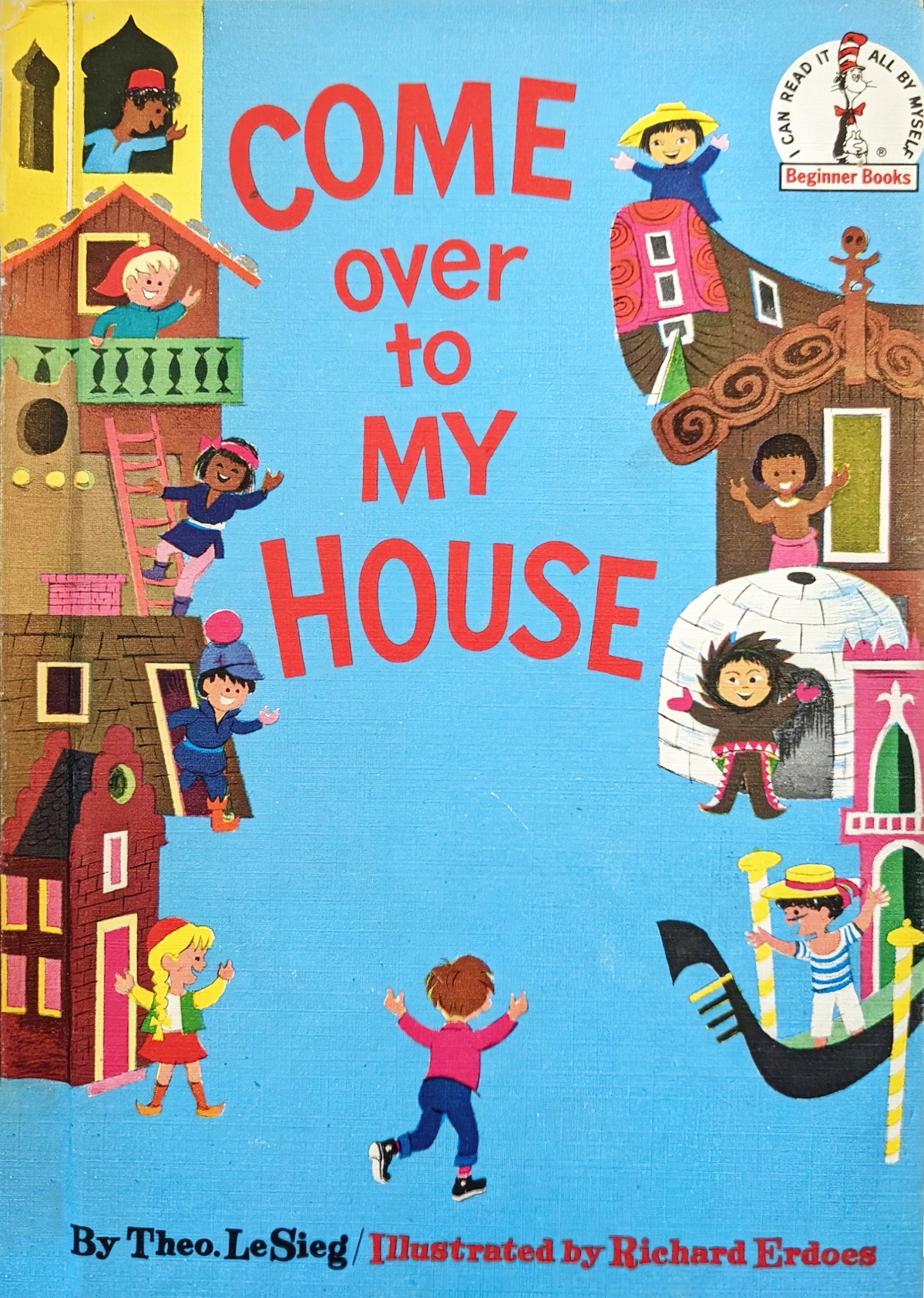
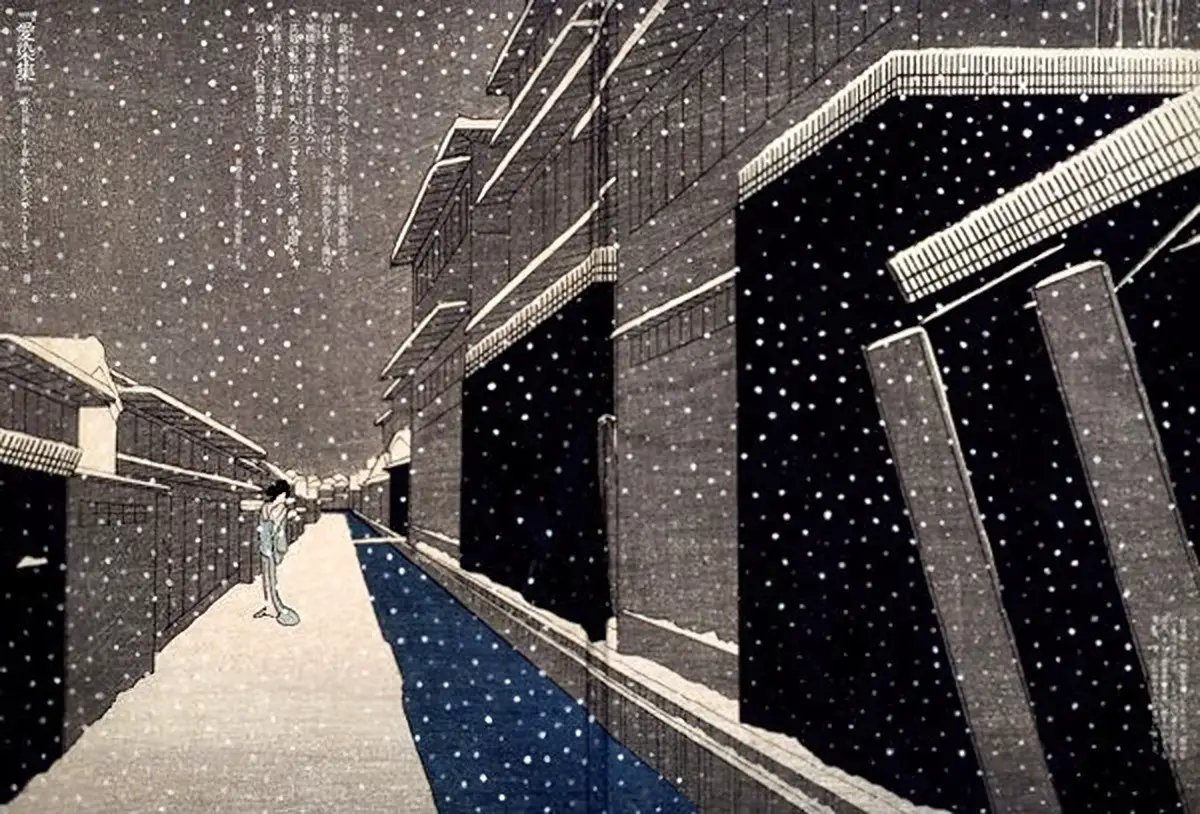
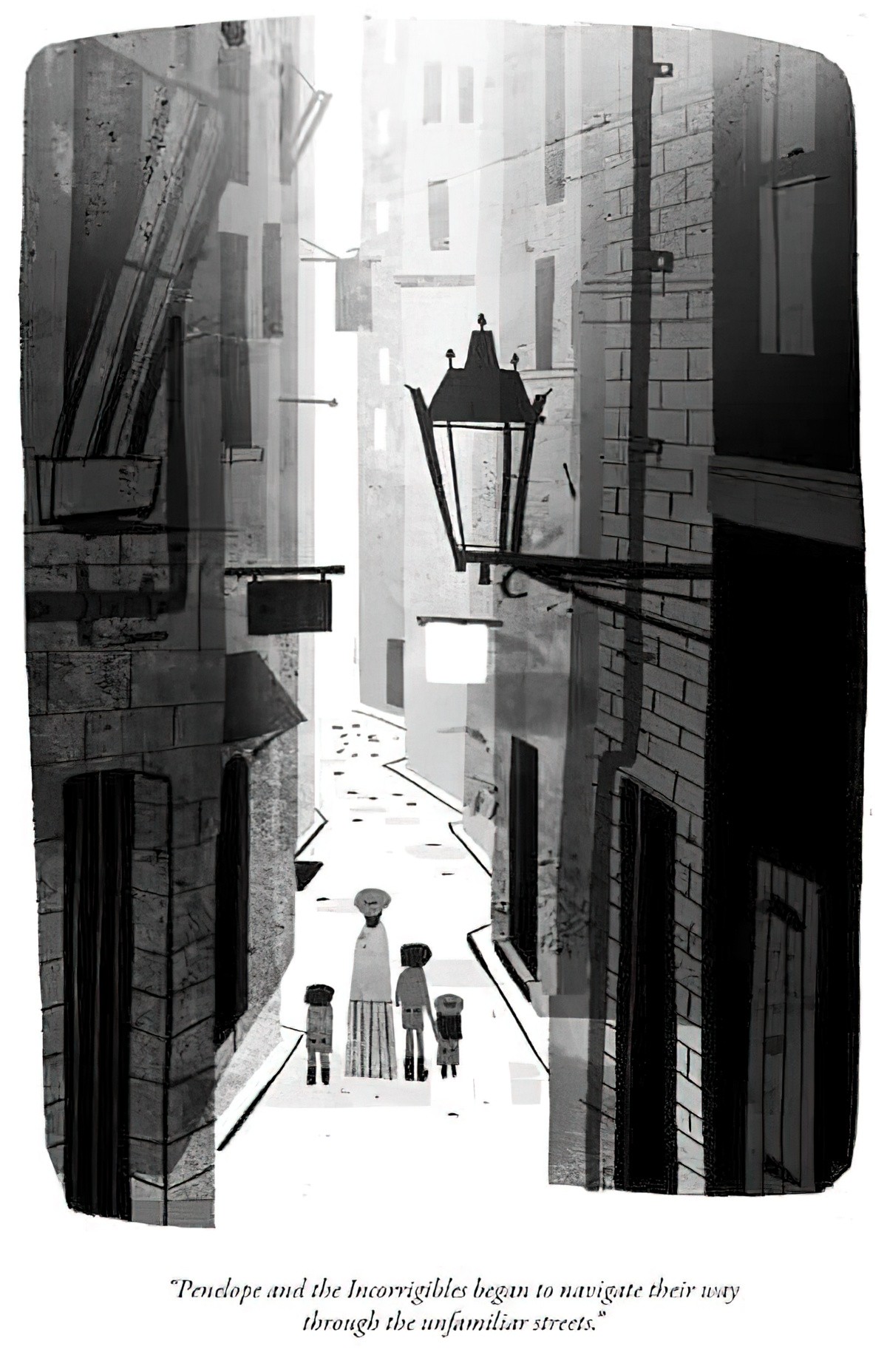
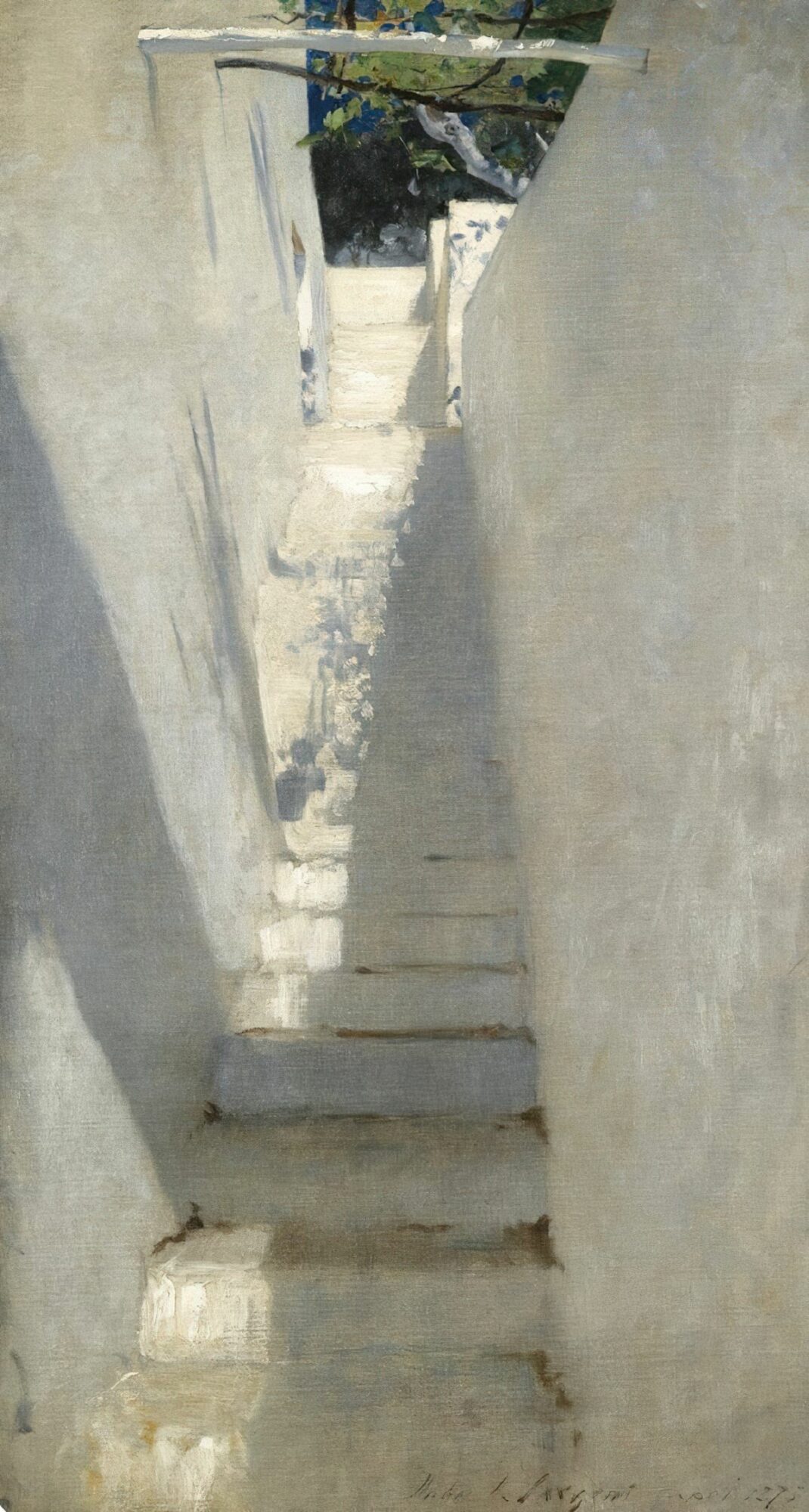
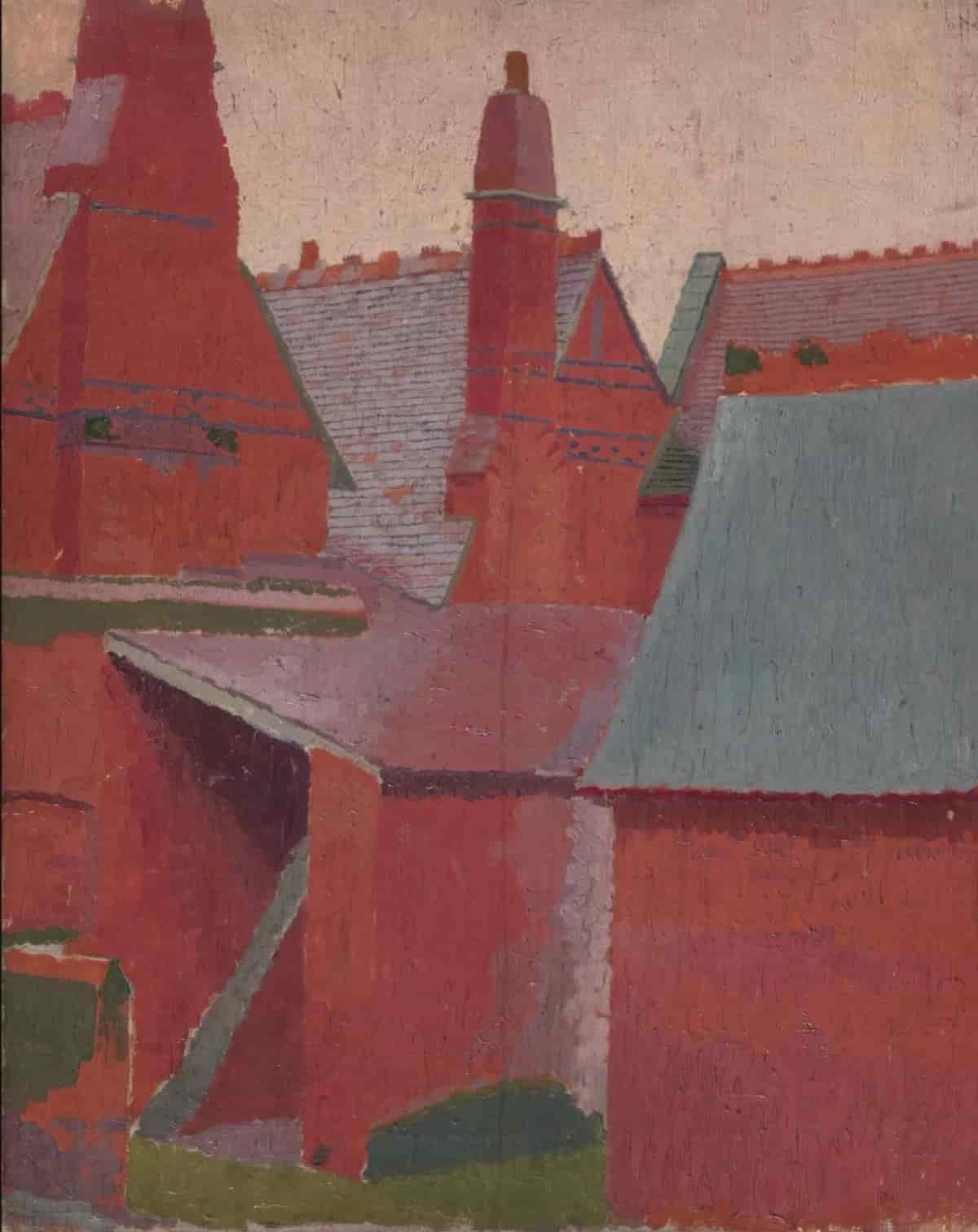
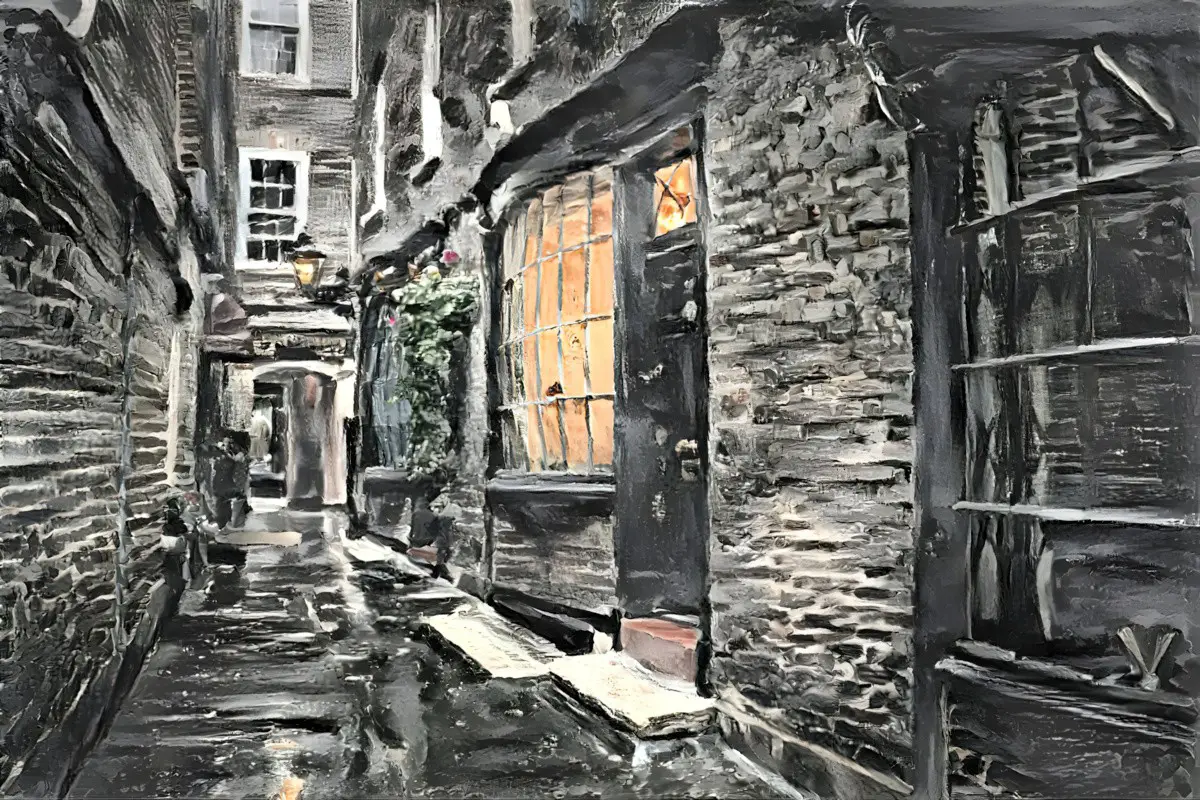
FURTHER READING
Empty Spaces: Perspectives on Emptiness in Modern History
How is emptiness made and what historical purpose does it serve? What cultural, material and natural work goes into maintaining ‘nothingness’? Why have a variety of historical actors, from colonial powers to artists and urban dwellers, sought to construct, control and maintain (physically and discursively) empty space, and by which processes is emptiness discovered, visualised and reimagined?
Courtney J. Campbell, Allegra Giovine, and Jennifer Keating’s Empty Spaces: Perspectives on Emptiness in Modern History (U London Press, 2019) draws together contributions from authors working on landscapes and rurality, along with national and imperial narratives, from Brazil to Russia and Ireland. It considers the visual, including the art of Edward Hopper and the work of the British Empire Marketing Board, while concluding with a section that examines constructions of emptiness in relation to capitalism, development and the (re)appropriation of urban space. In doing so, it foregrounds the importance of emptiness as a productive prism through which to interrogate a variety of imperial, national, cultural and urban history.
interview at New Books Network
Related: A Glossary of Urban Voids by Sergio Lopez-Pineiro (2020)
Header painting: Childe Hassam. The Hovel and the Skyscraper, 1904
